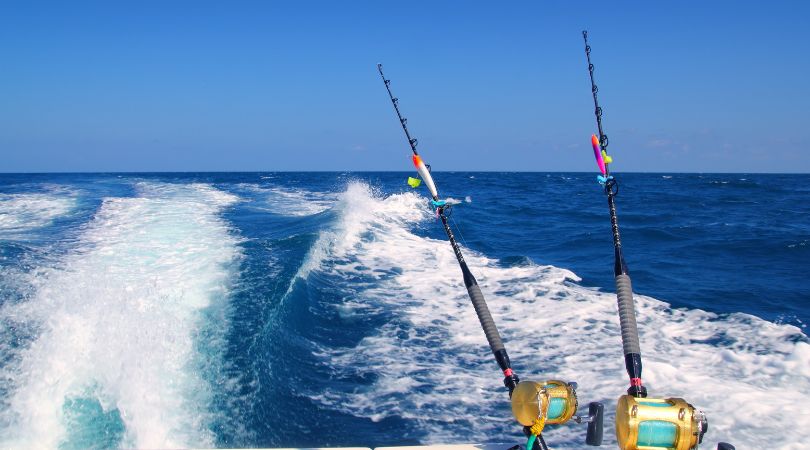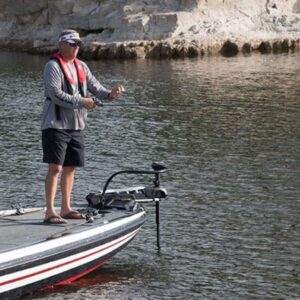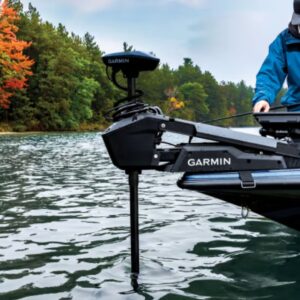Dermal fillers are a popular cosmetic procedure used to reduce wrinkles and create fuller lips. I can guarantee you that Warrington dermal fillers can be used to plump up thin or wrinkled skin and help you look younger. But I know for sure that you have a question in mind if dermal fillers really worth it? This article will break down the pros and cons of dermal fillers so that you can decide if they’re right for you.
Benefits of Dermal Fillers
 One of the main benefits of dermal fillers is that they are minimally invasive. Unlike other cosmetic procedures, such as facelifts and Botox injections, dermal fillers don’t require any surgery or downtime. The procedure can be completed in a short amount of time and you can return to your regular activities almost immediately.
One of the main benefits of dermal fillers is that they are minimally invasive. Unlike other cosmetic procedures, such as facelifts and Botox injections, dermal fillers don’t require any surgery or downtime. The procedure can be completed in a short amount of time and you can return to your regular activities almost immediately.
Dermal fillers can also help you look younger and more refreshed without the need for surgery. It’s a great way to refresh your appearance without having to go through the expense and hassle of surgery. Dermal fillers are also a great option for those who want to reduce wrinkles but don’t want to have an invasive procedure.
Risks of Dermal Fillers
Although dermal fillers are generally considered safe, there are still some risks associated with the procedure. The most common side effects include swelling, bruising, tenderness, and redness at the injection site. These side effects usually go away after a few days.
The results of dermal fillers are also immediate. You will see a noticeable improvement in your skin’s appearance right away, with the effects lasting anywhere from six months to two years depending on the type of filler used.
Finally, dermal fillers can be used to target specific areas of your face. Whether you want to add volume to your cheeks, plump up thin lips, or smooth out wrinkles in your forehead, dermal fillers are a great way to achieve the look you desire without major surgery.
Drawbacks of Dermal Fillers
 The biggest drawback of dermal fillers is that the results are not permanent. The effects will fade over time, so you may need to get touch-ups or have additional filler treatments in order to maintain your desired look.
The biggest drawback of dermal fillers is that the results are not permanent. The effects will fade over time, so you may need to get touch-ups or have additional filler treatments in order to maintain your desired look.
Dermal fillers can also be expensive. Depending on the type of filler and how much you need, the cost can add up quickly. Additionally, there is always a risk of complications with any type of cosmetic procedure, so it’s important to speak with your doctor about any potential risks before getting dermal fillers.
Overall, dermal fillers are a great way to reduce wrinkles and restore volume to your face in a short amount of time. However, they can be expensive and the results are not permanent, so it’s important to weigh the pros and cons before deciding if dermal fillers are right for you.
If you think dermal fillers may be the right choice for you, talk to your doctor about what type of filler they recommend and what results you can expect. With guidance from an experienced doctor, you can achieve the look you desire without any major surgery or downtime.


 The thrust rating of your trolling motor plays a significant role in determining the battery size you need. Thrust is the measure of power or force that the motor can generate to propel the boat through the water. Higher thrust ratings require more power, which translates to a larger battery capacity. To determine the appropriate battery size, check the manufacturer’s recommendations based on the thrust rating of your trolling motor.
The thrust rating of your trolling motor plays a significant role in determining the battery size you need. Thrust is the measure of power or force that the motor can generate to propel the boat through the water. Higher thrust ratings require more power, which translates to a larger battery capacity. To determine the appropriate battery size, check the manufacturer’s recommendations based on the thrust rating of your trolling motor.